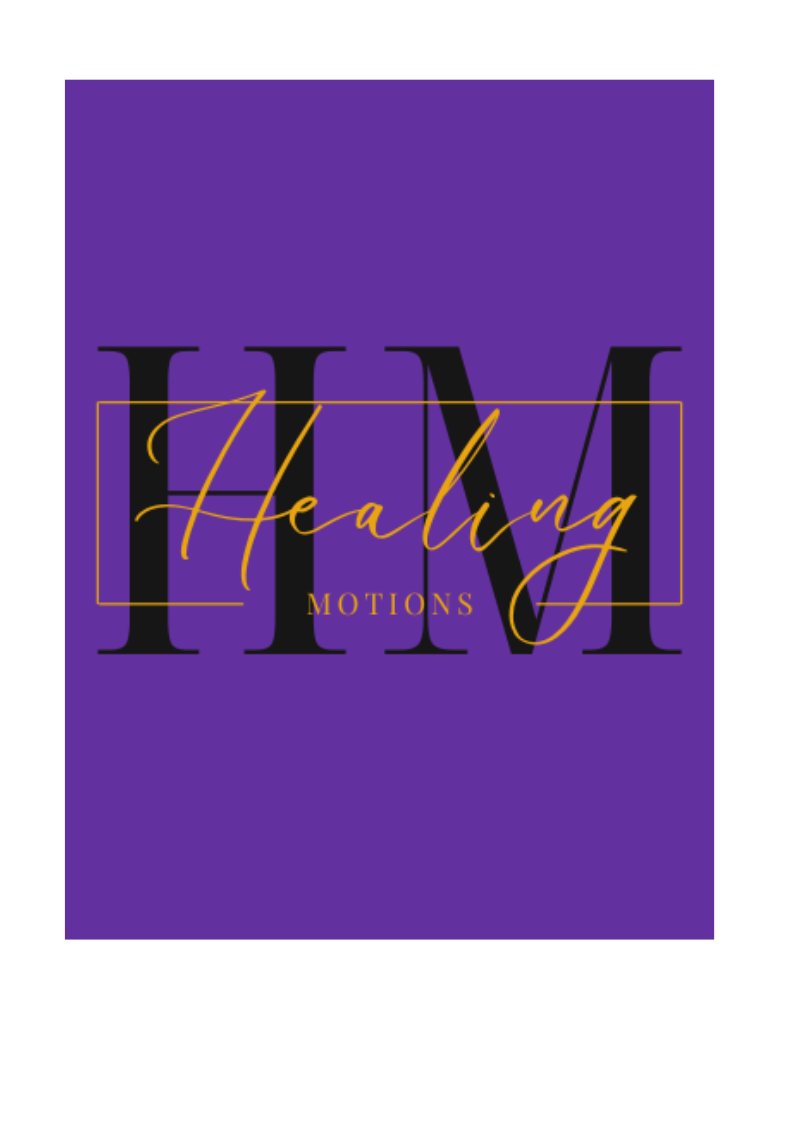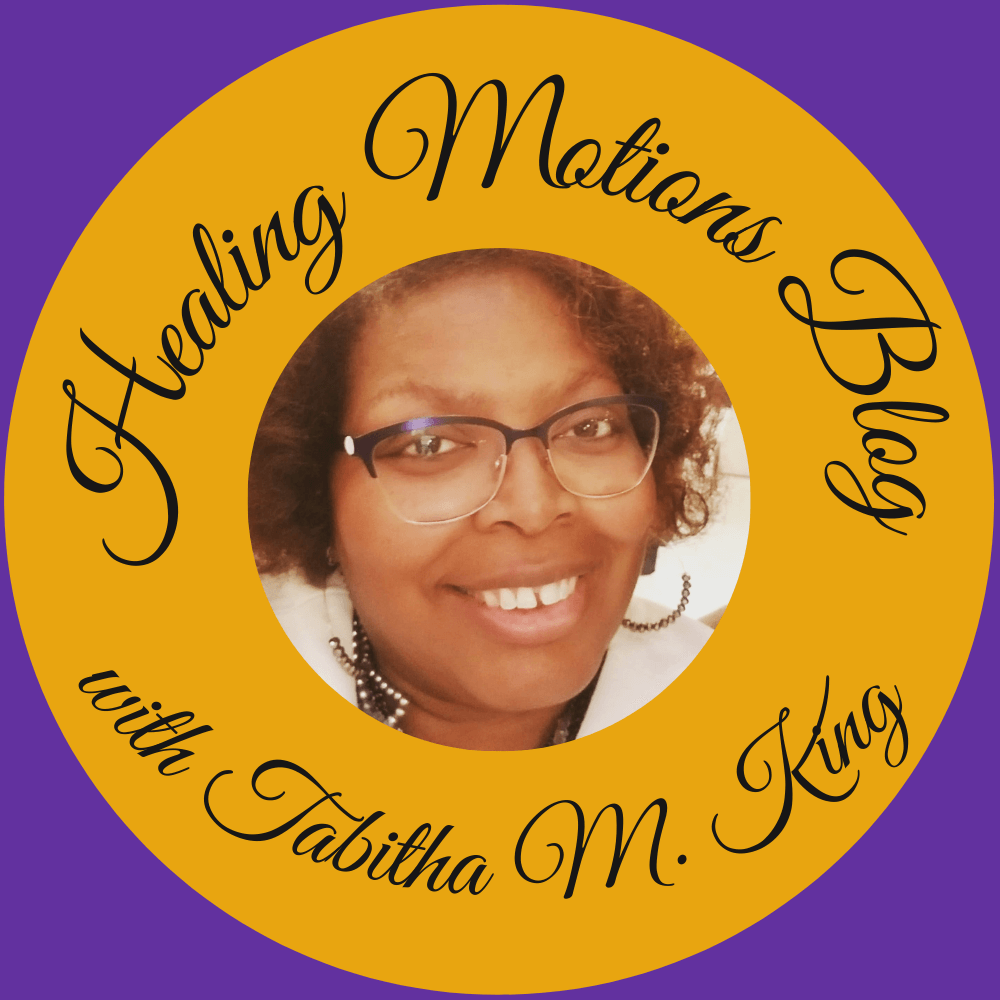Living with chronic pain is challenging, often leading to a fear of movement, known as kinesiophobia. This fear can create a cycle where avoiding movement increases stiffness and pain, reinforcing the fear. Breaking this cycle and learning to trust your body again is possible with the right approach.
Understanding Pain and Fear
Pain is a warning system, but chronic pain can persist long after an injury heals, making you hesitant to move. This fear can lead to a sedentary lifestyle, causing muscle weakness, joint stiffness, and worsening pain.
Steps to Break Free
1. Education: Understanding pain and its mechanisms can reduce anxiety about movement. Knowledge empowers you to take control of your pain.
2. Gradual Exposure: Start with gentle, low-impact exercises like walking, swimming, or yoga. Gradual exposure helps your body adapt and builds confidence in movement.
3. Mind-Body Techniques: Incorporate mindfulness, meditation, and deep breathing to reduce anxiety and improve well-being. Practices like Tai Chi and Pilates promote body awareness. Also, breathing deeply and smiling when walking, also known as "smile breathing," can help you feel more relaxed and happier.
4. Positive Reinforcement: Celebrate small victories. Each step forward, no matter how small, is progress. Believe in yourself. Keep pressing toward the mark of the high calling (Phil. 3:14), and “Do not despise these small beginnings, for the Lord rejoices to see the work begin…” (Zech. 4:10).
6. Pain Management: Use techniques like heat/cold therapy, massage, or medications to make movement more comfortable.
7. Support System: Surround yourself with supportive family, friends, and healthcare professionals for encouragement and motivation.
Trusting Your Body Again
Rebuilding trust in your body is a gradual process. Here are some tips to help you:
- Listen to Your Body: Distinguish between discomfort from healing and pain that signals you to stop.
- Set Realistic Goals: Start with small, achievable goals and gradually increase activity.
- Stay Consistent: Regular, gentle movement is more beneficial than sporadic, intense exercise.
- Focus on Abilities: Celebrate what you can do rather than dwelling on limitations.
- Practice Self-Compassion: Be kind to yourself and understand that setbacks are part of the process.
Conclusion
Breaking free from painful movement and trusting your body again requires time, effort, and support. You can regain control over your life by understanding pain, gradually increasing activity, and incorporating mind-body techniques. Trust in the process, celebrate small victories and embrace the journey toward a pain-free, active life.
---
If you have questions or need guidance, feel free to reach out. Your journey to a healthier, more active life is within reach, and you don’t have to do it alone. Grab my free Wellness Assessment, and let's chat to assess your current state and set goals to achieve your goals!





